BMW has finally pulled the covers off its long-awaited and much-leaked next-generation Mini range – well, at least part of it.
Due in Australia sometime around July or August next year, the Mini Cooper Electric three-door hatch will be built in China for global consumption under a joint-venture program known as Spotlight Automotive Limited with Great Wall Motors (GWM).
It will be made alongside the coming Aceman Electric crossover that will be unveiled in final production form next April, as well as maybe 2025’s Convertible Electric version.
Furthermore, as we revealed back in July last year, all will ride exclusively on the same all-electric battery electric vehicle (EV) architecture co-developed with GWM.
What all this means, of course, is better efficiencies garnered from greater economies of scale that – if BMW’s recent X1 pricing strategy is any indication – could present a very compelling value-for-money proposition against the likes of the MG4, GWM Ora and BYD Dolphin.
More on that later.
Meanwhile, the as-yet unreleased internal combustion engine (ICE) versions of the fourth-gen (under BMW stewardship – the original was launched by the British Motor Corporation in 1959) hatch/convertible and third-gen Countryman will ride on the completely different FAAR platform shared with various BMWs including the latest X1 (and, ironically, the iX1 EV), and these will be manufactured in the United Kingdom and Germany (like the latter) respectively.

Otherwise, it is believed these will look pretty much identical to their Electric twins inside and out, save for the petrol and petrol-electric hybrid drivetrains, and some minor detail flourishes.
Speaking of which, details are scant, but here’s what we’ve just learned about the Mini Cooper.
BMW has revealed that it will feature an advanced operating system optimised for touch and voice control as well as taking in all instrumentation, climate control and vehicle function aspects, and all within a high-resolution OLED circular central display that’s shaped like the classic era models yet is redolent of the Tesla Model 3 – history’s most successful EV in the way it works.

This sounds complicated and fussy, but BMW promises the opposite is true, since 'Charismatic Simplicity' is the new-gen models’ catch cry. That’s why the dash is actually minimalist, with just five toggles that also look after gear selection and audio control. The lower console area is also open and airy.
This fresh sparseness philosophy also underscores the exterior design themes.
That’s why there are flush door handles, no wheelarch flares and less visual clutter, according to the Germans. All while maintaining the Mini’s signature long-wheelbase/short-overhangs/upright-windscreen/contrasting roof look.
But don’t worry, Mini diehards. There are endless options available to temper newfound notions of restraint, including fabric dash textures to gladden Donatella’s heart, vivid personalisation settings for the touchscreen and inevitable ambient lighting worthy of a festival. At least much of it is made of recyclable materials, including the artificial leather where fitted.

Conversely, breaking seven decades of tradition is the new Mini naming convention.
Cooper now refers to the hatch/convertible bodystyle, rather than performance models, falling in line with Countryman and Aceman. Colloquially this has been going on for years anyway.
The grade walk will now consist of Essential, Classic, Favoured and JCW (for John Cooper Works). BMW says all will have a “distinct character”.
The E is the new base Cooper powertrain, while the SE is the sportier sibling. This E has a 40.7kWh battery and makes 135kW of power and 290Nm of torque, for a 0-100km/h sprint-time of 7.3 seconds. The 160kW/330Nm SE and its 54.2kWh battery, meanwhile, cuts that to 6.7s.

If you’re more interested in watching your kilowatt hour numbers, provisional WLTP cycle data is 305km and 402km respectively – no doubt due to the SE’s anticipated larger battery.
Still talking numbers, BMW has big plans for the Mini Electric, as it takes on a much larger role within the greater Cooper range, well beyond the paltry 10 per cent that the outgoing, expensively-positioned Cooper SE from $64,975 before on-road costs manages. After all, it’s been widely reported that by 2030, the ICE versions will be phased out, highlighting the importance of the newcomer.
So, how much will the new Mini Cooper Electric cost? Nobody’s saying yet, but we’re expecting a sub-$55,000 starting price. Massive production efficiencies out of China certainly point to a much lower number than today’s EV.
More information, including body dimensions and all mechanical elements, will be revealed shortly, so stay tuned.




.jpg)







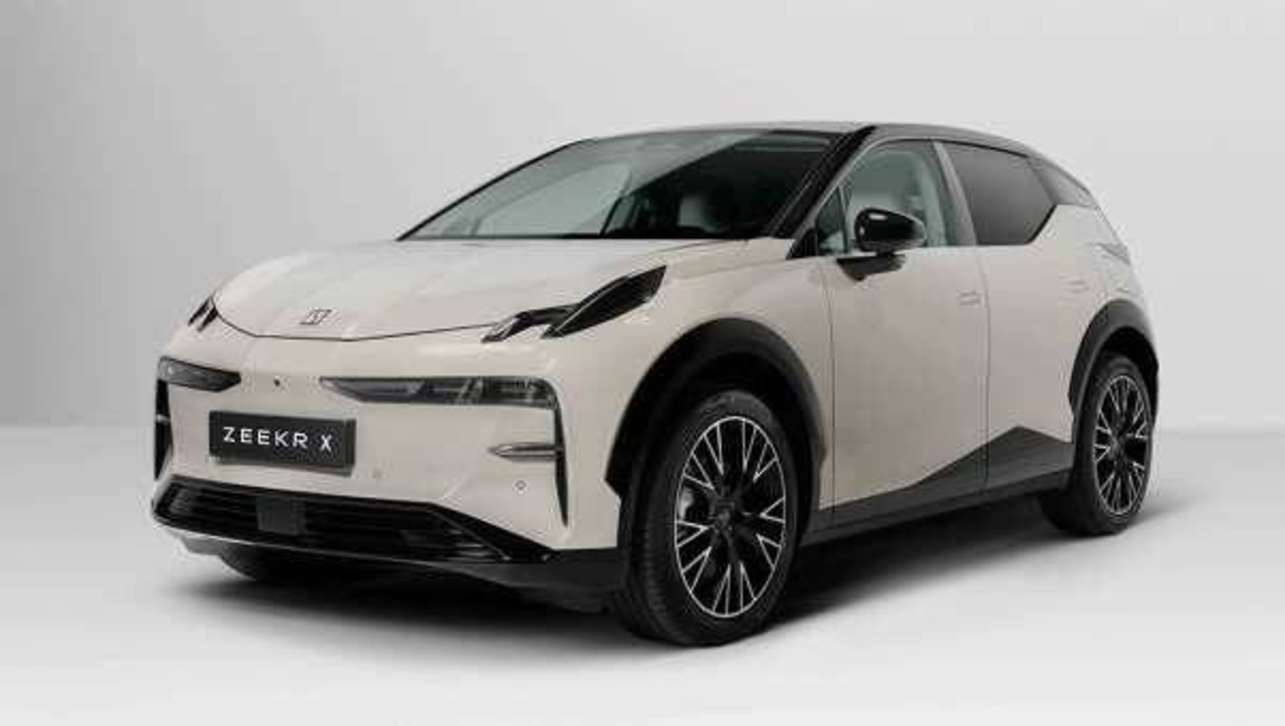
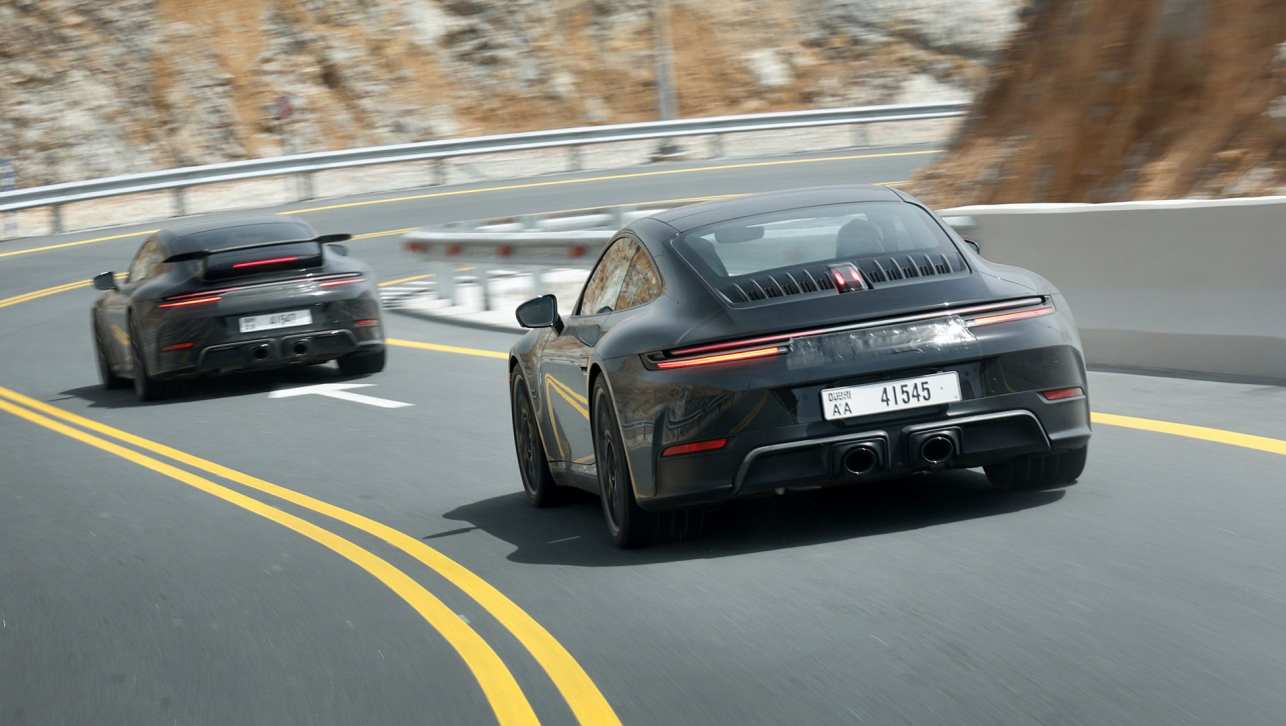

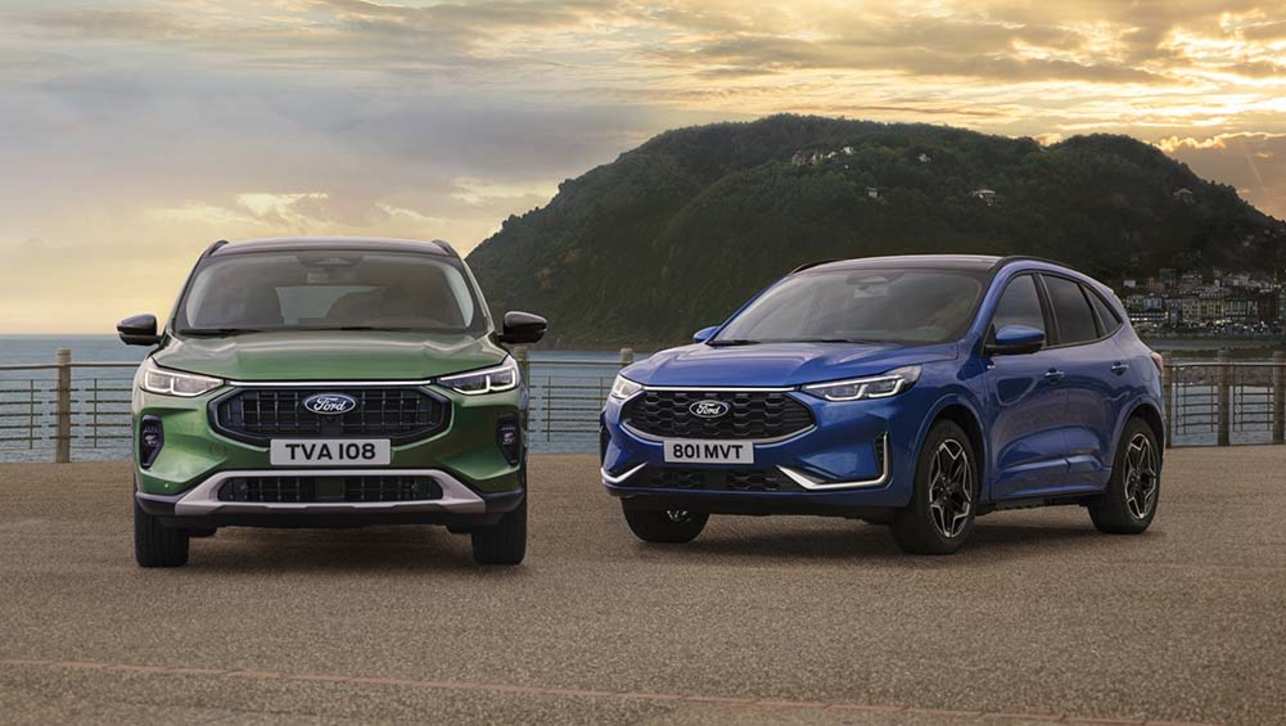
.jpg)


.jpg)
.jpg)
.jpg)
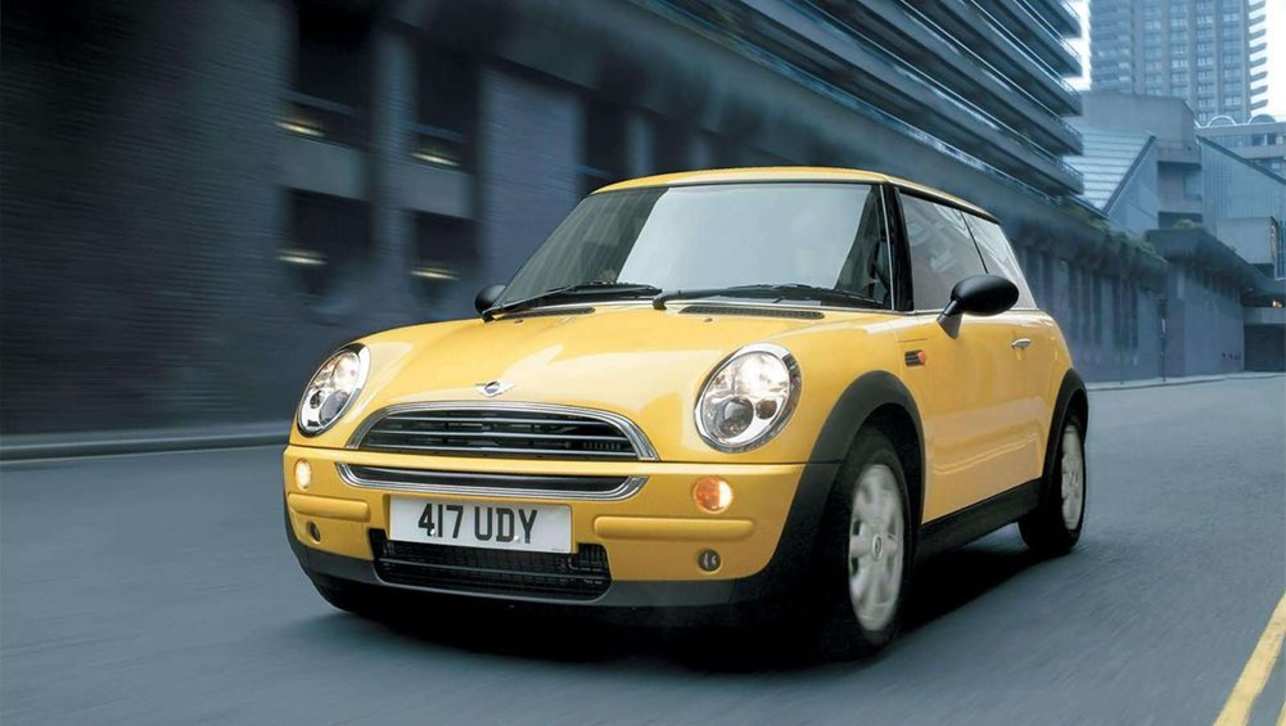
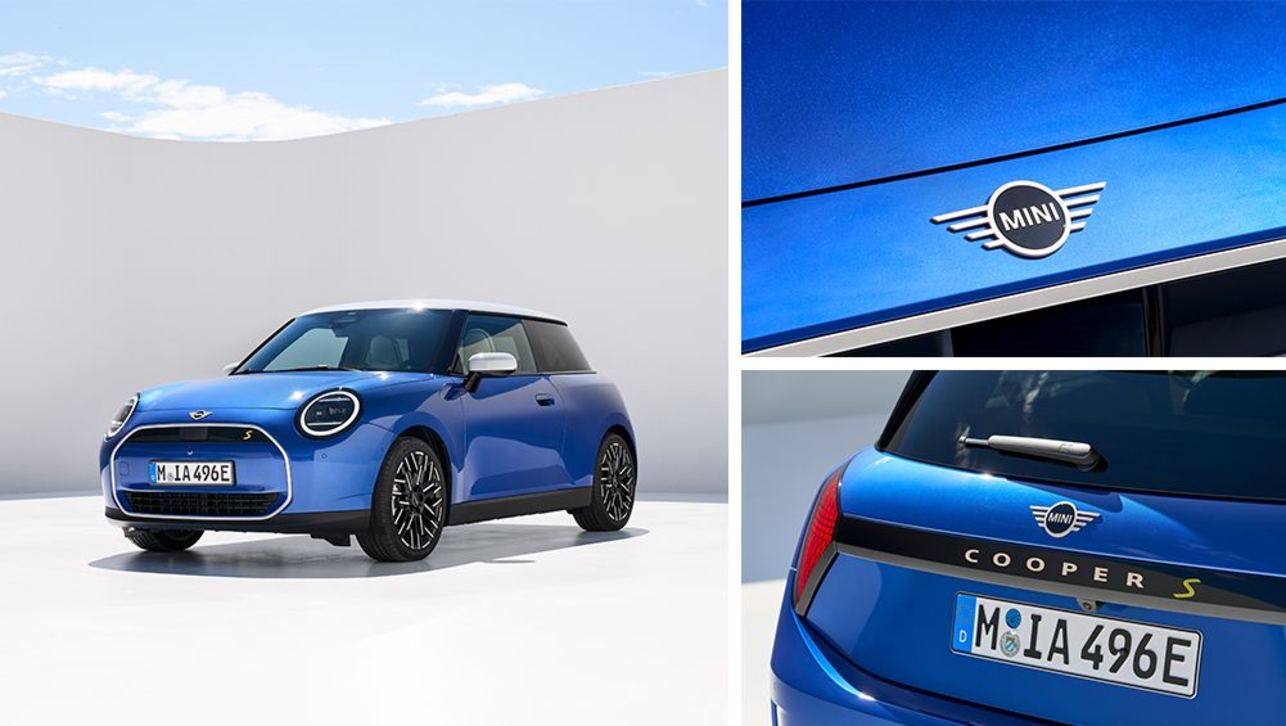

.jpg)
.jpg)

Comments